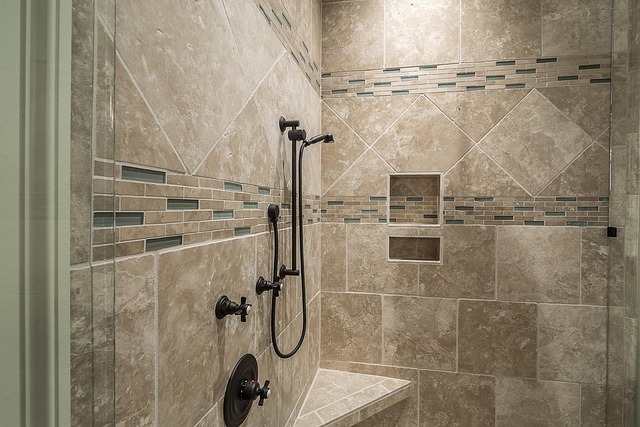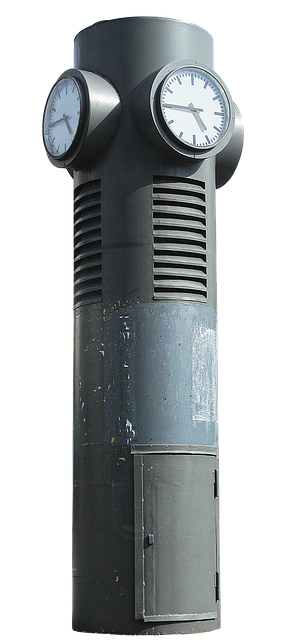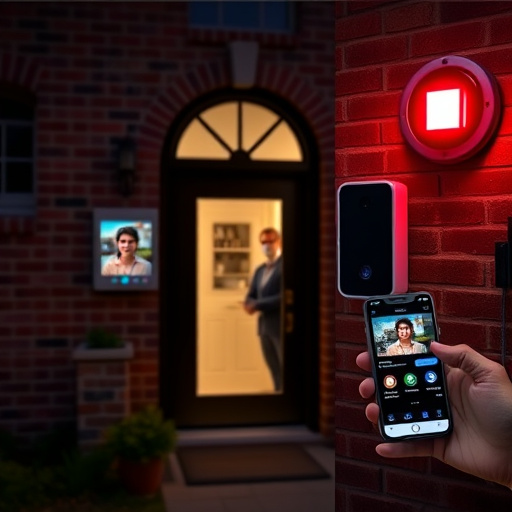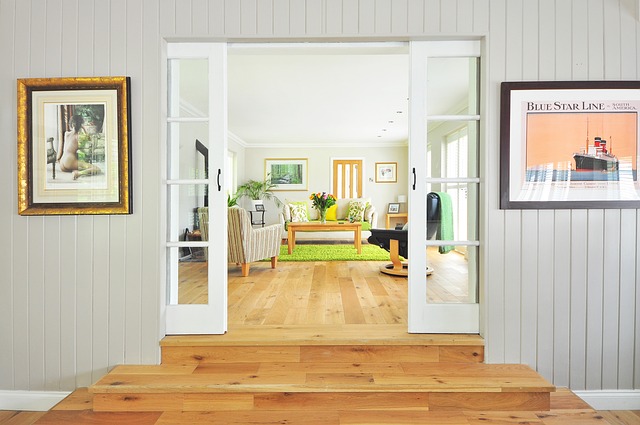Assessing your home's vulnerabilities is crucial for preventing break-ins. Conduct a thorough sweep inside and outside for easy access points, focusing on common weak spots like garage doors and ground-level windows. Consider hiring a professional security consultant for a comprehensive assessment. Identify weak points to develop a targeted plan including high-security locks, motion-activated lighting, clear lines of sight, and robust security systems. Regularly review and update these strategies for continuous home protection and peace of mind.
In today’s world, enhancing your home’s security is paramount in preventing break-ins. This comprehensive guide offers effective security strategies for a secure home. We’ll walk you through assessing your home’s vulnerabilities, from identifying weak points and common entry points to conducting a risk assessment. Discover the benefits of smart home automation and learn how to implement physical security measures like upgraded locks and alarm systems. Explore landscaping tips for optimal visibility and outdoor security. By adopting these secure home tactics, you’ll fortify your property against potential break-ins.
- Assessing Your Home's Vulnerabilities
- – Identifying weak points in your home's security
- – Common entry points for break-ins
- – Conducting a risk assessment
Assessing Your Home's Vulnerabilities
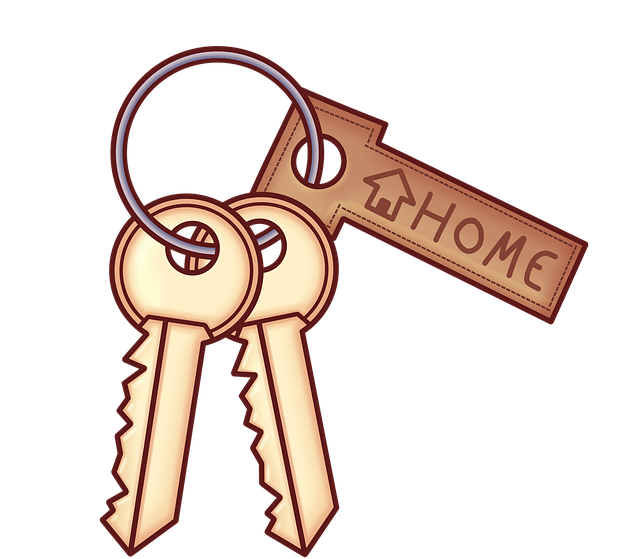
Assessing your home’s vulnerabilities is a crucial step in implementing effective security strategies for preventing break-ins. Start by conducting a thorough sweep of your property, both inside and out. Look for areas where intruders could easily gain access, such as broken windows, loose door hinges, or unsecured locks. Even small gaps can provide an opportunity for thieves to enter unnoticed. Pay close attention to entry points like garage doors, sliding glass doors, and ground-level windows, as these are common weak spots in many homes.
Consider hiring a professional security consultant to perform a comprehensive assessment if you have concerns about your home’s protection measures. They can identify additional vulnerabilities and recommend tailored secure home tactics based on your specific needs. This initial step is vital in developing an overall strategy to deter potential burglars and create a more secure living environment, thus enhancing your peace of mind.
– Identifying weak points in your home's security

Identifying weak points in your home’s security is a crucial first step in implementing effective security strategies to prevent break-ins. Conduct a thorough assessment of your property, both inside and out, to uncover potential vulnerabilities. Look for areas where intruders might gain easy access, such as broken windows, faulty locks, or unsecured doors. Pay special attention to entry points like garage doors, ground-level windows, and backdoors. Regularly check for damaged or outdated security systems, including alarms and surveillance cameras, which could leave your home vulnerable.
By mapping out these weak points, you can develop a targeted plan to bolster your home’s defenses. Strengthen exterior doors with high-security locks and consider adding reinforced door frames for added protection. Install motion-activated lighting around the perimeter of your property to deter potential intruders. Regularly trim trees and shrubbery to eliminate hiding spots and ensure clear lines of sight from the street. Additionally, invest in robust security systems that include backup power and regular maintenance to keep them in top working order. These measures will significantly enhance your home protection measures and act as a powerful deterrent against break-ins.
– Common entry points for break-ins
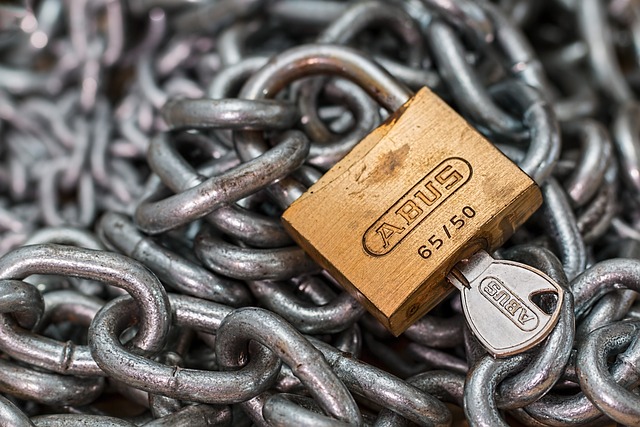
Breaking into a home often occurs through easily accessible points of entry. The most common areas that criminals target include doors and windows. Outdated or weak locks on exterior doors are an open invitation for intruders, so upgrading to high-security locks is an essential first step in preventing break-ins. Similarly, ensure all windows have secure fastenings; broken or unlocked windows can provide an easy path into your home.
In addition to these primary entry points, less obvious weaknesses can also be exploited. For example, mail slots and pet doors should be secured with robust covers or locks when not in use. Garages, too, often overlook security measures despite being a frequent access point for burglars; ensuring garage doors are secure and using automatic door openers with strong authentication is an effective home protection measure.
– Conducting a risk assessment

Conducting a thorough risk assessment is one of the most effective ways to prevent break-ins and enhance your home’s security. Start by evaluating your property’s exterior, identifying potential entry points that might be easily accessible, such as windows or doors. Consider the landscape around your home; dense foliage can provide cover for intruders, so keeping it trimmed back will help deter potential thieves. Check if your locks are robust and up to date; replacing older models with high-security options is a smart secure home tactic. Look at your property’s general layout, ensuring that valuable items are not left in plain sight or easily accessible areas. This step involves being mindful of both physical and digital security; don’t forget to update your home’s security system and ensure all devices have the latest encryption.
Additionally, consider the surroundings; is your neighborhood well-lit? Good street lighting can act as a powerful deterrent against break-ins. Check with your local authority about any available community watch programs or neighbor networking initiatives that can foster a sense of collective home protection measures. Regularly reviewing and updating these security strategies will keep your home safe, providing peace of mind in the face of potential threats.
